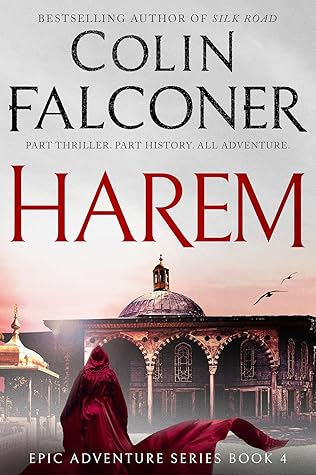More on this book
Community
Kindle Notes & Highlights
But every sultan’s wife was an infidel, since the Koran decreed that no Muslim could be sold into slavery. So, every sultan was the son of a slave, yet divinely chosen as the Protector of the Great Faith. God’s web was indeed a large one.
The harem dated back to the time when the Osmanli Turks were no more than nomadic traders living on the wild plains of Anatolia and Azerbaijan. The idea of the harem was borrowed from the Persians. When the Osmanlis gave up their nomadic lifestyle, creating a capital first at Bursa, then at Stamboul, the sultan’s harem had become an institution in itself, and a rigid hierarchy had evolved with its own protocols and government. This reclusive community of eunuchs and virgins was governed by the sultan’s mother, the valide. She was assisted by the kapi agha, the chief white eunuch, who was both
...more
There were two codes of law. There were the kanuni, the laws formulated by the sultan himself, and there was the Sharia, the sacred and immutable law of Islam. While the sultan ruled with absolute power, even he was subject to the written word of God. The Sharia was interpreted by a council of religious judges, who were able to issue fetwas or opinions on any question, in accordance with Islamic jurisprudence. However, they could not issue a fetwa unless invited and could not speak unless their opinion was sought. Each governor had their own mufti to guide them in matters of religious law. The
...more
'What men call empire is worldwide strife and ceaseless war. In all the world the only joy lies in a hermit’s rest.' Sultan Suleiman the Magnificent, from a poem discovered after his death
In the first three hundred years of the Osmanli dynasty, ten sultans, culminating with Suleiman, built an empire of thirty million people, encompassing twenty different languages. All of it was won in battle from the saddle of a horse. Suleiman’s reign marked the apogee of Ottoman grandeur. After his death, the empire was corroded by palace intrigues and corruption. The sultans who followed Suleiman were weak and decadent. Selim II, known as ‘Selim the Sot’, was by far the least capable of Suleiman’s sons.


